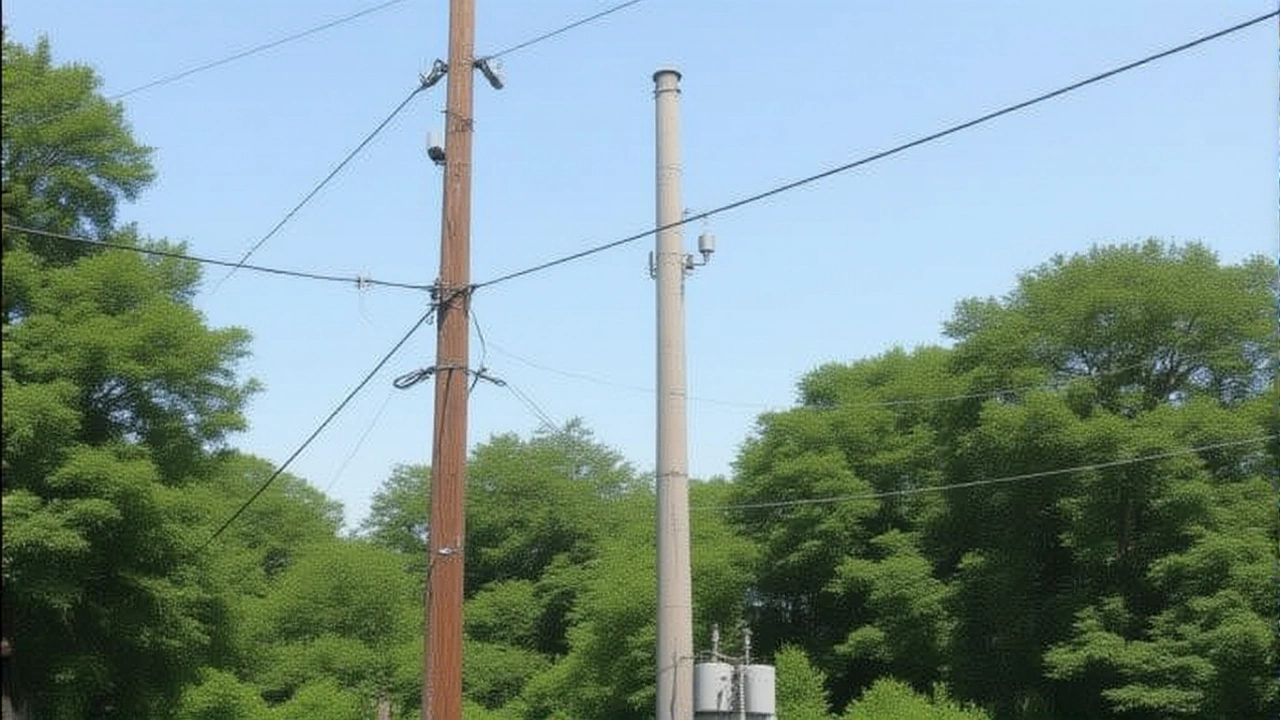Texas Utility: Understanding Power, Rates, and Regulations
When talking about Texas utility, the network of companies that generate, transmit, and deliver electricity to homes and businesses across the Lone Star State. Also known as Texas power provider, it operates in a unique deregulated market where consumers can pick from dozens of suppliers. This system sits on the sprawling electricity grid that stretches from West Texas wind farms to Gulf Coast natural‑gas plants, and it increasingly leans on renewable energy sources.
The Texas utility landscape is shaped by the Texas Public Utility Commission, the state agency that writes the rules, monitors safety, and ensures reliable service. Those rules affect everything from how peak‑demand charges are calculated to the penalties utilities face when storms knock out power. Understanding the commission’s decisions helps riders, commuters, and weekend warriors know why their bill might jump after a hot July.
One key semantic link is that a deregulated market requires transparent pricing, so utilities must publish rate structures that break down generation costs, transmission fees, and distribution charges. Consumers can then compare plans based on fixed‑rate versus variable‑rate options, green energy add‑ons, and time‑of‑use pricing. The more you know about how the electricity grid moves power, the better you can judge whether a wind‑heavy plan actually saves you money.
Key Factors to Watch
First, pay attention to power rates. In Texas, rates are not set by the federal government; instead, they fluctuate with market conditions, fuel prices, and weather patterns. When natural‑gas prices spike, you’ll see higher generation costs on your statement. Conversely, a surge in wind production can push renewable‑energy credits lower, reducing costs for plans that prioritize green power.
Second, consider reliability. The electric grid’s design includes a mix of baseload plants (like nuclear or coal) and peaker plants that fire up during high‑demand periods. The reliability score of a utility is often reflected in its outage history, which the commission tracks after events like the February 2021 winter storm. Knowing a provider’s outage response time can be a deciding factor for anyone who rides a bike early in the morning and can’t afford a blackout.
Third, look at customer service and billing tools. Many Texas utilities now offer online portals where you can set usage alerts, view real‑time consumption, and even enroll in demand‑response programs that shave off a few dollars during peak hours. These tools tie back to the broader concept that a deregulated market enables competition not just on price but on service quality.
Fourth, examine the role of renewable energy. Texas is the nation’s leading wind power producer, and its solar capacity is growing fast. A utility that invests in renewable projects often gains tax credits that can be passed on to you as lower rates or green‑energy options. This connection shows how the electricity grid supports the shift toward cleaner power while still relying on traditional generation when the wind dies down.
Finally, keep an eye on legislative changes. Bills that modify how the commission regulates price caps or that introduce new grid‑modernization funding can reshape the entire market overnight. Staying informed means you won’t be surprised when a new fee appears or when a provider adds a smart‑meter rebate.
All these pieces—rate structures, reliability metrics, customer tools, renewable integration, and policy shifts—form the puzzle that makes up a Texas utility. By breaking the puzzle into its parts, you can make smarter choices, lower your bills, and support a grid that’s both resilient and greener.
Below you’ll find a curated collection of posts that dig deeper into each of these topics. Whether you’re curious about how wind farms affect your electricity price, want tips on reading your utility bill, or need to know what the Public Utility Commission is up to, the articles ahead cover the full spectrum of the Texas utility ecosystem. Dive in and discover the practical insights that will help you navigate your power choices with confidence.
CenterPoint Energy Can Shut Off Power Without Notice, Homeowners Warned
CenterPoint Energy can legally turn off power without notice, leaving Texas homeowners like Hugo to face sudden outages during hot weather and limited recourse for damages.



